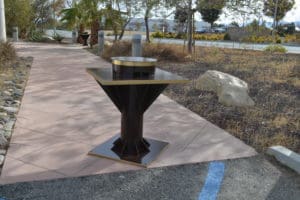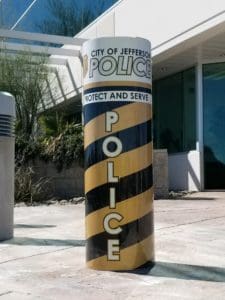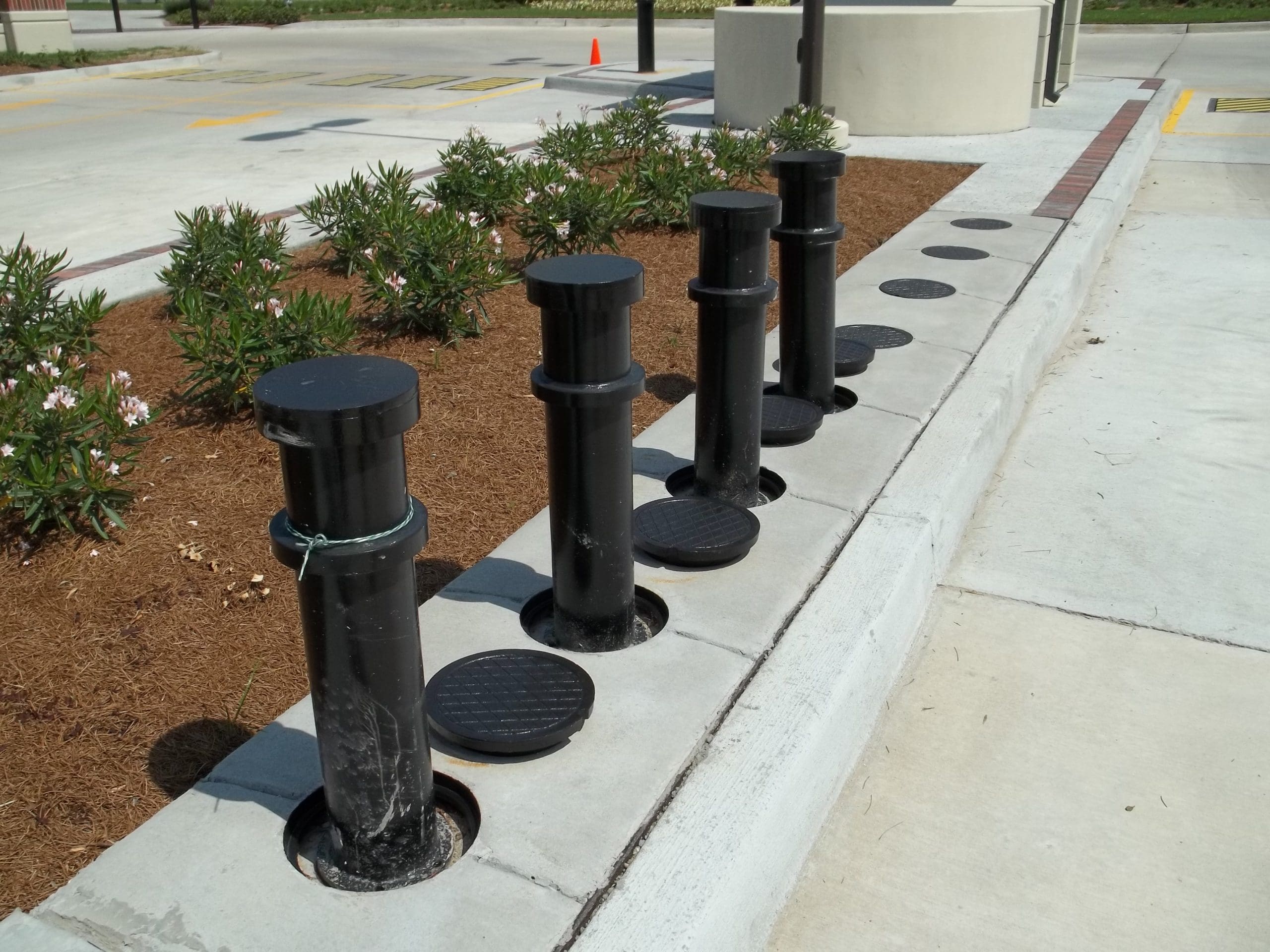There is no question that societies want to keep college campuses, school grounds and medical facilities safe. While security designs have focused mainly on interior updates to making these areas safer, they do little to help stop preventable accidents that occur frequently in campus parking lots.
High-security devices can offer much more to these locations than just keeping violent aggressors at bay.
Parking Security Starts With an ‘S’
Regardless of the type of vehicle control system installed, any entrance to a parking lot must not provide a long ramp or driveway that lets a vehicle pick up speed before arriving at the access point. Forcing vehicles to slow down by creating an S curve just before the entrance automatically creates a more secure environment.
Security equipment for parking facilities ranges from tire-puncturing devices to simple swing arm gates to pop-up crash barriers built into the roadway that will stop errant vehicles dead in their tracks.
Understand Potential Parking Lot Hazards
Let’s consider a typical parking lot situation at a K-12 school, remembering that the same situation could happen on a college campus or hospital setting. While many parents grab their children’s hands as they cross a busy parking lot, students rushing through lines of idling and stopped vehicles to get to school are still a common occurrence. Several students, parents and teachers too often narrowly avoid being struck by careless drivers seeking to park closer to the school. Crossing a parking lot may be a necessity for those who walk to school. Even sidewalks may not provide adequate protection from inattentive drivers.

Portable bollards provide the security staff with flexibilities.
A different kind of accident in other parking areas across the country has prompted significant changes to building ordinances, specifically a move away from concrete bumpers. These simple devices are low to the ground making them difficult for drivers and pedestrians to see. These bumpers have led to many trip-and-fall accidents, leading parking lot designers to seek a more visible alternative.
The easiest and most visible way to help keep pedestrians safe involves installing bollards at strategic points around parking lots. These devices are both easy to see and difficult to move, making them a perfect alternative to relying on low curbs, obfuscated bumpers and painted directional indicators. In addition, they clearly illustrate off-limit areas as well as signify parking spots that can be easily seen by walkers and drivers.
Virtually unlimited in styles and aesthetics, bollards will blend with the rest of a campus’ buildings. As opposed to fencing or large concrete barriers, bollards provide an attractive projection of safety without making the area look constricted and confining. They are available with a variety of decorative covers featuring words, name of site, logos or other art. You can even specify having ornamental steel trim attached directly to the bollard or select cast sleeves of aluminum, iron or bronze, which slip right over the crash tube. Bollards can be galvanized for corrosion resistance or fitted with an internal warning light for increased visibility. If damaged, slip off the old sleeve and glide on the new one. You can even add a rolled bronze plaque, which can be mounted on the bollard body displaying the organization’s logo.
Pedestrians can easily maneuver around them, while vehicles have no choice but to remain in designated areas. They can even be made removable so emergency vehicles and maintenance crews can access closed-off locations easily.
Fixed Post, Removable and Custom Bollards Could be the Answer
Fixed post bollards are available to secure the sides of roadways with the same crash rating and appearance as their moveable cousins. Versus cement barriers such as posts and pots, many campuses prefer fixed post bollards for several reasons beyond the fact that cement barriers might be too low and often out of site.
First, when cement posts and pots are hit, they can explode, spreading shrapnel throughout the crowd, potentially creating numerous injuries. Shallow foundation bollards can be installed within sidewalks or on top of concrete deck truss bridges as well as conform to the inclines and turns of a locale. They also meet the 1-meter clearance regulations mandated by the Americans with Disabilities Act (ADA).
The fixed bollard, which does not go up and down, provides a significant blocking device solution that continues to support security directors. They can stop a vehicle from plowing into the hospital’s pharmacy, as well as keep vehicles on the other side of the campus perimeter. Fixed bollards let facility managers meet a long-standing challenge – how to easily install bollards on shallow substrates, including those that are not level or have turns. No longer do locations, such as curves on hills, the upper levels of parking structures and other unprotected locales have to use unsightly “make-do” solutions to stop wayward drivers.

Bollards can feature a wide range of designs and materials.
Just recently, portable, temporary bollards have been added as a tool to stopping vehicle attacks. Individual portable bollards provide vehicle barricades in applications, such as heavily traveled narrow walkways and roadways or any area that a vehicle can get through. They can also be used as substitutes until permanent bollard systems are installed. They can be placed on any stable surface, such as concrete, asphalt, compacted soil or vegetation to quickly protect people and property against an automobile or truck assault.
Temporary bollards can be used to close off streets, entrances or wide expanses, such as access to pedestrian areas. They can be installed in conjunction with a portable barricade to fill in any gaps to protect people and critical infrastructures at public events, such as parades, festivals, sporting weekends and any place that vehicles could attack transitory events. The combination of the portable barriers with the new portable bollards provides fast controlled vehicle access without the time and labor of installation.
Put a Plan into Action
Avoid the risk of vandalism and theft, making sure students and visitors are safe when walking to and from their cars by keeping parking areas illuminated. Besides bollards, also consider installing guard booths manned by employees who monitor activity in the parking area and who are prepared to react if an alert is triggered. Furthermore, prevent accidental collisions by clearly marking the parking area with informative warning signs to direct traffic.
Greg Hamm is Vice President of Sales & Marketing at Delta Scientific. This article was originally published in 2020, but the steps outlined here still apply.







